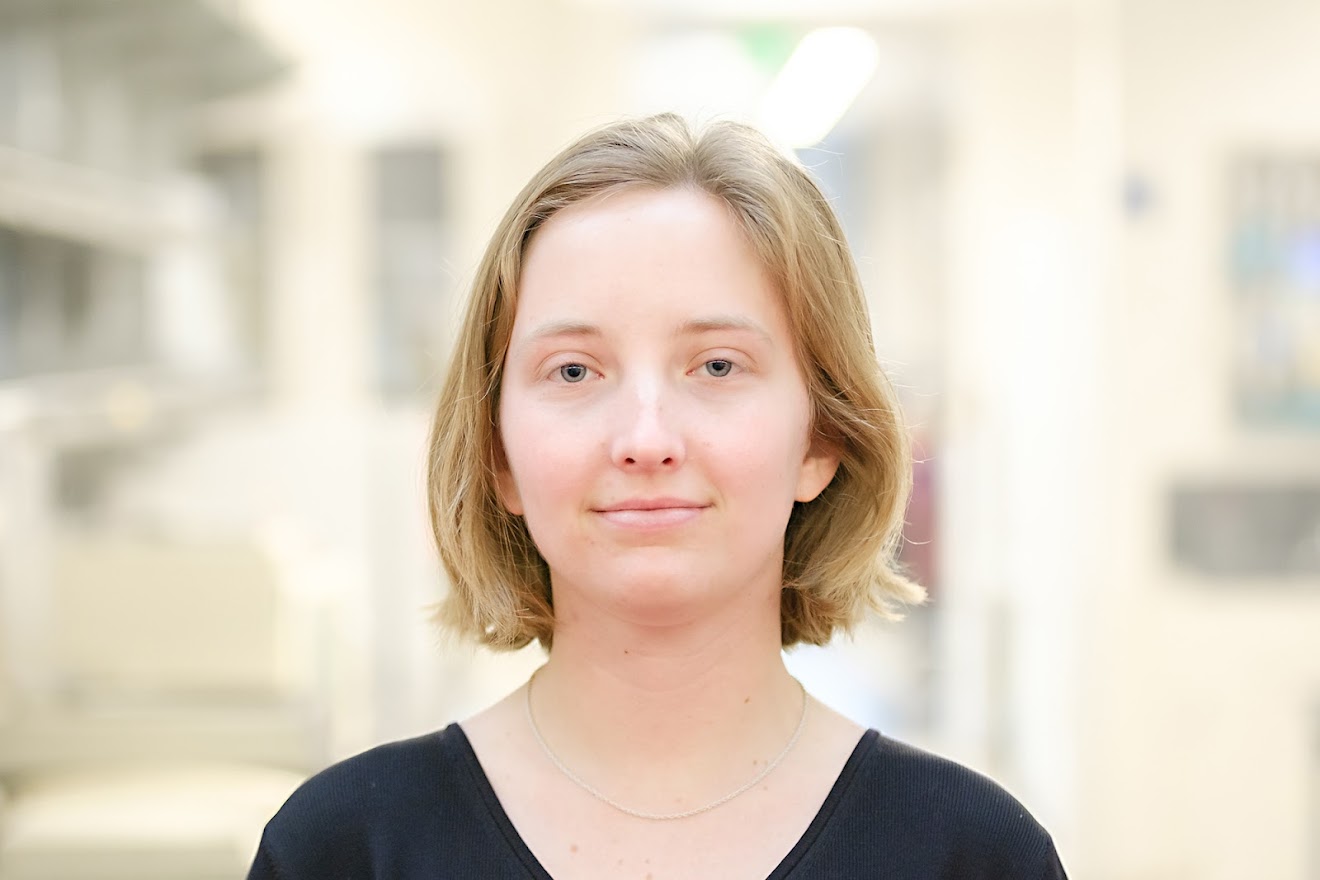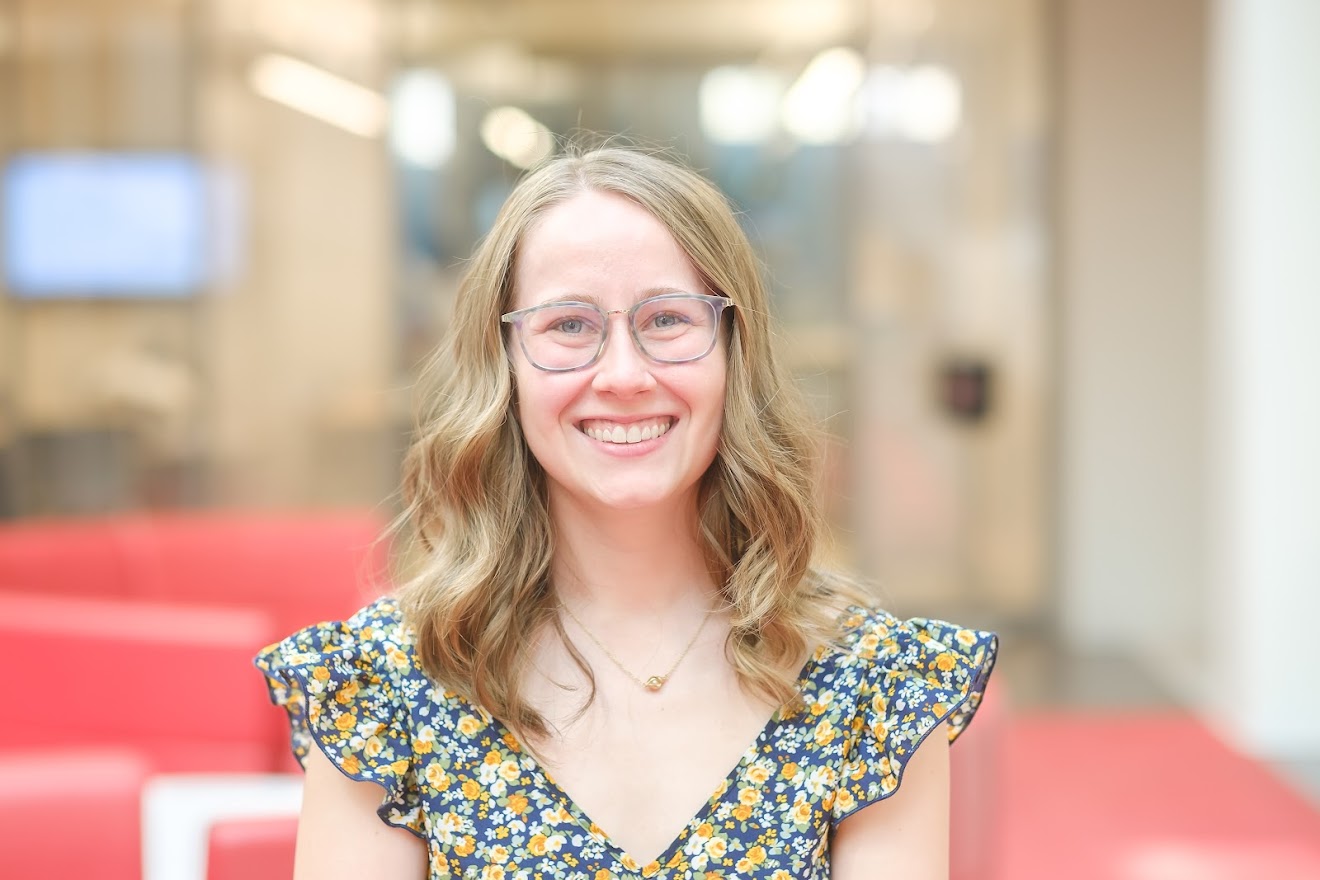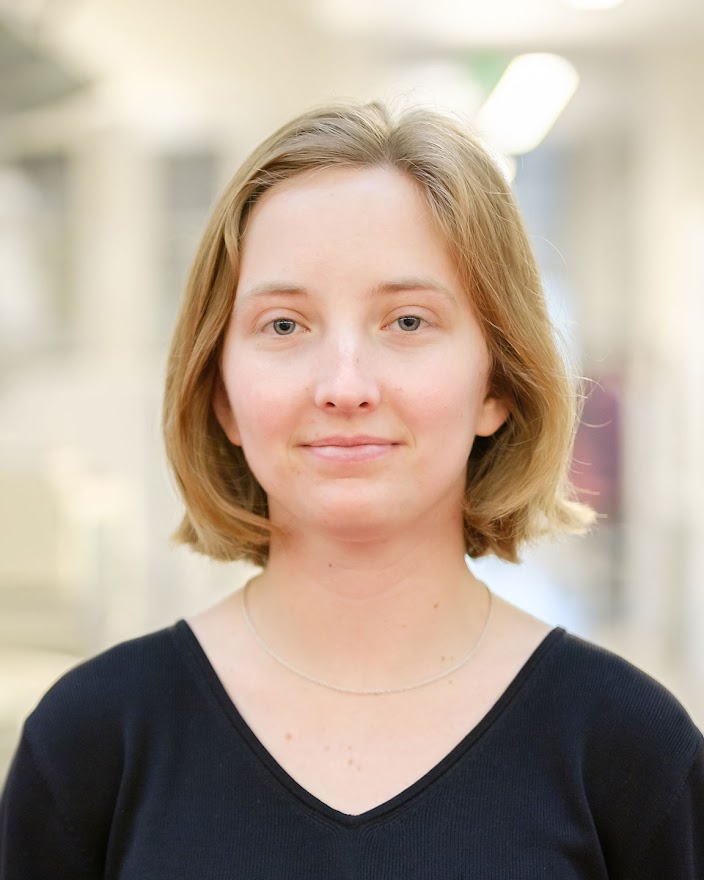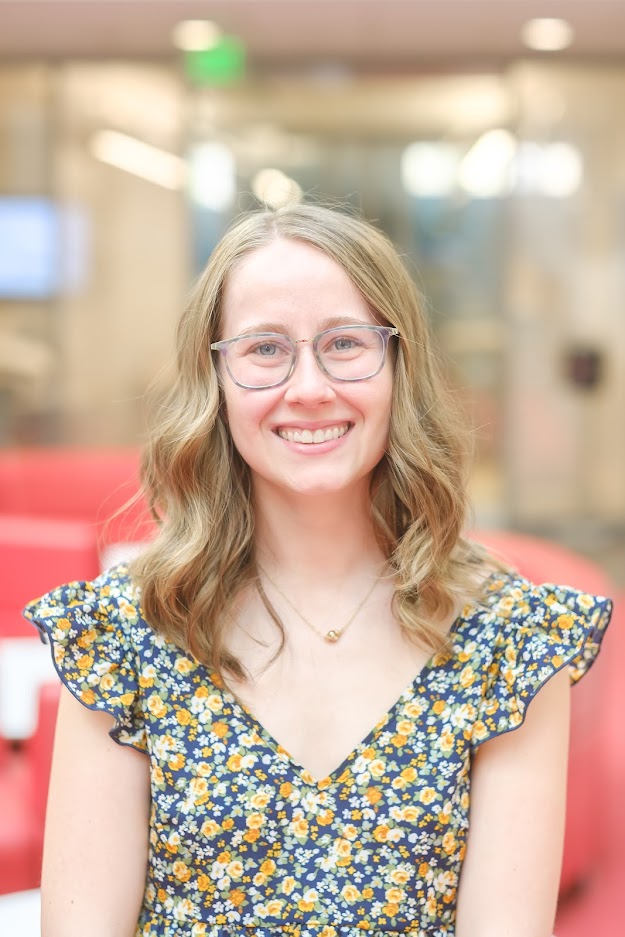Graduate Students Receive NSF-GRF Awards

Samantha Linn

Kaitlin O'Dell
Two graduate students in the Department of Mathematics each have been awarded a Graduate Research Fellowship from the National Science Foundation (NSF). The fellowship provides three years of support over a five-year fellowship period for individuals working on a graduate degree who have demonstrated potential for significant research achievements in STEM or STEM education.
Samantha Linn
“Recognition from the NSF feels like a pat on the back from one of your greatest role models,” said Linn. “It means “well done,” but it also means, “keep up the good work.” I am grateful because the fellowship gives me more freedom to focus on research and continue my participation in organizations that I care a lot about, such as the Association for Women in Mathematics, the Prison Mathematics Project, and the Living Room Exchange of Mathematics.”
Linn’s research is focused on understanding randomness in various biological processes. In particular, she has spent time thinking about what is known as the “redundancy principle,” which is about the need of many copies of the same entity (think cells, molecules, or ions, for example) to fulfill a biological function. The redundancy principle states that while these copies may seem energetically wasteful, this redundancy is necessary for certain tasks to occur sufficiently fast. Such a task might be neurotransmitters, which we think of as random searchers, looking for postsynaptic receptors, which we think of as targets.
Linn has been working on characterizing what might be expected from the fastest searcher. “One advantage of my work is that the application doesn’t need to be solely centered on biology,” she said. “In fact, the questions I ask are often relevant to many areas of physics, chemistry, and sociology. There are many more questions to be asked, with specific applications in mind, so I’m sure this work will keep me busy for a while!”
 Linn grew up loving math, and she spent a lot of her free time doing sudoku puzzles
and other math games. It wasn’t until halfway through college that she became aware
of the possibility of pursuing a career in mathematics.
Linn grew up loving math, and she spent a lot of her free time doing sudoku puzzles
and other math games. It wasn’t until halfway through college that she became aware
of the possibility of pursuing a career in mathematics.
Before moving to Utah for graduate school, she studied biomedical engineering at the University of Minnesota. She had planned to study medicine, but became concerned by the lack of math in her pre-med classes. With the help of mentors, she realized that she would be happier pursuing a Ph.D. in mathematics.
She wasn’t sure where she wanted to go for graduate school—she had flights booked for graduate program visits, but everything was canceled at the last minute with the start of the COVID pandemic in March 2020. After participating in Zoom calls with at least 50 graduate students and faculty at various programs, she decided that the people in Utah were the happiest. She had never been to Salt Lake City until the day she moved here, but it has worked out well. Linn likes the graduate program, finds it fun, and she’s very happy she made the decision to come to the U. After graduate school, she hopes to continue her research as a postdoc and, ultimately, have a career in academia as a full professor.
Kaitlin O’Dell
“I feel so honored to receive such a prestigious award,” said O’Dell. “I never imagined
I would receive the amazing feedback I got while I was applying for the fellowship.
The research I plan on doing is groundbreaking work in numerical methods, so to have
that recognized is beyond exciting! The fellowship is really going to allow me to
focus on my research and hopefully give not only the numerical community—but the science
and engineering community—a great way
to model high-dimensional equations.”
O’Dell’s work is primarily focused on the numerical modeling of high-dimensional partial
differential equations. She and her team specifically are developing a particle method
that will preserve the energy dissipation structure of the physical systems. Once
the actual numerical procedure is developed and analyzed for validity, the team hopes
to test it on many physical models to gain a better understanding of these higher-order
systems. These physical models can range from materials science to fluids, mechanics,
and engineering.
She excelled at math as a kid, but it wasn’t until she began doing research as an
undergrad that she realized how much she enjoys math. “I was able to do research on
engineering topics that I was already familiar with and combine them with my two favorite
subjects—numerical analysis and ordinary differential equations,” she said. “This
really opened my eyes as to what I could be doing in the field of math and the broad
range of research I could perform as an applied mathematician.”
 O’Dell started out studying engineering at the University of New Mexico (UNM) because of her love for space and science. She enjoyed internships and had
the opportunity to work at NASA Ames Research Center. However, she began to find that she was enjoying the math modelling aspect of engineering
more than the actual engineering. She decided to switch her major to applied math
during her senior year, and she began doing research with Professor Emeritus Deborah Sulsky on beam theory (a way of calculating the load-bearing and deflection characteristics
of beams) as part of her honors thesis.
O’Dell started out studying engineering at the University of New Mexico (UNM) because of her love for space and science. She enjoyed internships and had
the opportunity to work at NASA Ames Research Center. However, she began to find that she was enjoying the math modelling aspect of engineering
more than the actual engineering. She decided to switch her major to applied math
during her senior year, and she began doing research with Professor Emeritus Deborah Sulsky on beam theory (a way of calculating the load-bearing and deflection characteristics
of beams) as part of her honors thesis.
“Dr. Sulsky is an amazing mentor, and she’s very much the reason that I’m now doing a Ph.D. in mathematics.” After O’Dell graduated from UNM in 2020, with honors from the university and honors in mathematics, she decided to apply to the U because of the reputation of the Math Department and the fact that the graduate students seemed happy. “At the time I wasn't sure what I would research, but I found a project that I absolutely fell in love with, and now I couldn’t be happier,” she said. After she obtains her Ph.D., O’Dell would like to stay in academia, but she also envisions working in industry. “I’ll most likely apply to a wide variety of things and choose which I think will be the best fit for me.”
